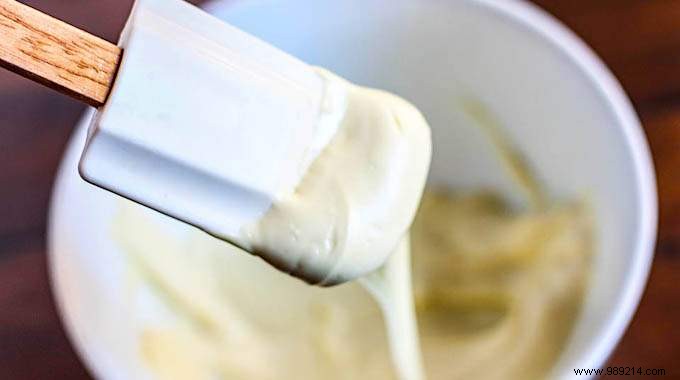
Cake too hard, burnt on edges, saggy in middle, overflowing …
Succeeding your cakes every time is not easy!
Luckily, there are some very simple grandma's tricks to make a cake a success.
So without further ado, here are the 40 Best Baking Hacks to NEVER miss your cakes again. Watch:

- Add 1 to 2 tablespoons of meringue powder to your batter to fluff up the cake and bring more lightness.
- Add 1 sachet powdered gelatin to your cake batter to prevent it from cracking during baking.
- Before mixing them with the rest of the ingredients, add a teaspoon of lemon juice to the butter and sugar in your recipe. This will help lighten the cake.
- Take the time to cream your butter (i.e. working the butter into a cream, either with sugar or without).
Work the butter with an electric mixer for at least 5 minutes. Add the sugar and beat again to incorporate air and make the batter lighter and creamier.
- Separate the whites and yolks of your eggs. First beat the yolks until the mixture becomes creamy and golden in color. Then add it to the butter/sugar mixture.
Beat the egg whites until the mixture becomes frothy and fluffy, then fold into the butter/sugar mixture.
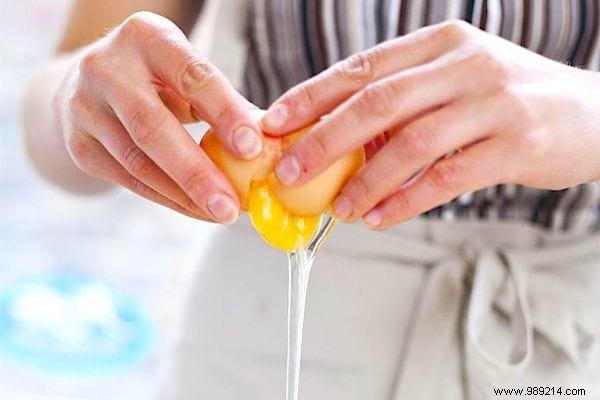
Note: the success of certain recipes sometimes depends on a single ingredient or an important step. So, if any of the previously mentioned tips contradict your recipe, better follow the recipe!

- Chocolate cakes: before adding the necessary amount of baking soda, dilute it in a teaspoon of white vinegar.
- Dense texture or fruit cakes: put a heatproof dish filled with water in the oven while cooking. If necessary, add water as it evaporates.
- Use applesauce without added sugar or plain yogurt to replace vegetable oil. Texture and taste results differ slightly depending on the recipe.
But a good starting point is to substitute half the amount of oil listed in the original recipe.
For example, if your recipe calls for 100ml of oil, use 50ml of oil and 50ml of compote/yogurt. Your cakes will be softer, but also lower in fat.

After measuring the exact amount of all the ingredients, pass the flour and icing sugar through a kitchen sieve.
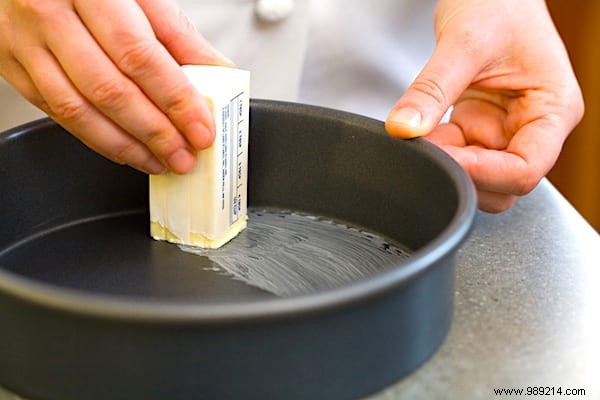
- When a recipe calls for buttering and flouring the mold, try one of these 2 magical grandmother recipes:
Recipe 1:butter + flour + oil:
Mix 225 g of butter, 30 g of flour and 60 ml of vegetable oil. Apply to the mold with a pastry brush.
Keep the rest of this magic grease in an airtight container in the fridge for your next cakes :-)
Recipe 2:butter + flour:
Mix 450 g of butter and 120 g of flour. Apply with a pastry brush.
- No pastry brush? You can butter the mold using a paper towel, a piece of parchment paper or the butter packaging.
- Instead of using flour, try "flouring" your mold using the dry ingredient mixture from the recipe (or cocoa for chocolate cakes).
- Using your mold as a guide, trace a circle on parchment paper and cut it out.
Apply the butter to the bottom of the pan, then place the disc of parchment paper on top. Butter the top of the parchment paper again. Pour the cake batter.

- For lower fat cakes:try baking your cake WITHOUT buttering the pan , even if it is indicated in the recipe.
Simply lay parchment paper on the bottom of the pan, then pour the batter directly onto the paper.
This method also helps unmold the cakes more easily.
Exception: for cakes with high edges, always butter and flour the edges of the mold if indicated in the recipe.

- To make cakes of uniform height, fill your pan only ½ or ⅔, to allow the cake batter to rise evenly.
- Once you have poured your cake batter into the pan, shake it lightly from side to side.
This will allow the dough to rise on the inside walls of the mold (the molds tend to hollow out towards the center).
Now the center and edges of the dough will come together and cook evenly.
- If your cake has risen unevenly and has a bump in the center, cut off the excess with a knife until the cake is flat.

- Always preheat your oven before starting a recipe, unless otherwise specified
. Take care to position the rack at the height of the center of the oven and place your cake pan as centrally as possible on the grid.
If you are using more than one pan, space them at least 5cm apart from each other and from the walls of the oven.
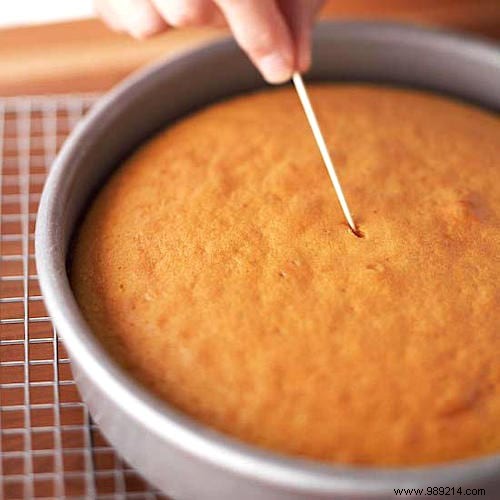
To check for doneness, stick a simple toothpick in the center of the cake.
If it comes out clean and dry, the cooking is finished.
This grandmother's trick also works with a wooden skewer or even a piece of raw spaghetti.

Your cake sticks to the mold and you can't unmold it? There are simple and effective tips:
- Put a clean, thick towel at the bottom of the sink.
Pour a pot of boiling water over the towel to warm it. Take care not to block the sink by letting the water flow.
Place your cake pan directly on the hot towel. And let it sit for a minute or two. Now you can easily unmold your cake.
- Invert your cake pan on a sheet of parchment paper or on a cold baking sheet.
Cover with a clean cotton towel. And heat the bottom of the mold for a few minutes with an iron in steam mode.
You can unmold your cake effortlessly.
- Always let your cakes cool completely before unmolding them.
Avoid letting them cool on the stovetop, which often absorbs heat from the oven.
The ideal is to cool them on a cold baking sheet placed on your work surface.
Before unmolding, all you have to do is insert a knife between the mold and the cake and then pass it gently all around.
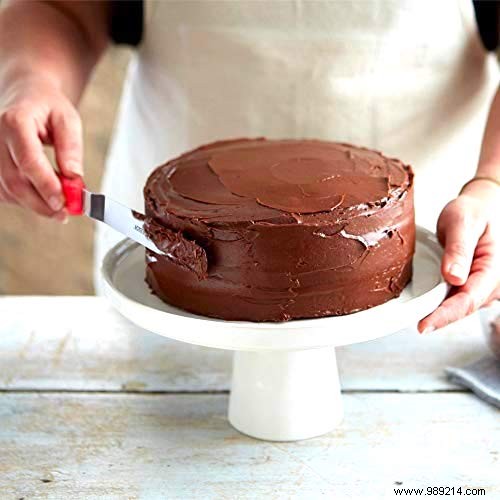
- Always let your cakes cool before adding icing.
And for a crumb-free icing, also consider passing a pastry brush over the entire surface of the cake, with light touches.
- First pour a thin layer of icing, then cover the cake and put it in the fridge.
After an hour, you can pour a thick layer of icing. This method helps distribute your frosting evenly without crumbing.
- Once your icing is spread, use a hair dryer to lightly melt it. This will give it a nice smooth and shiny appearance.
- You can also achieve perfectly smooth icing using a metal icing spatula.
Before spreading the icing, be sure to dip your spatula in boiling water and wipe it clean.
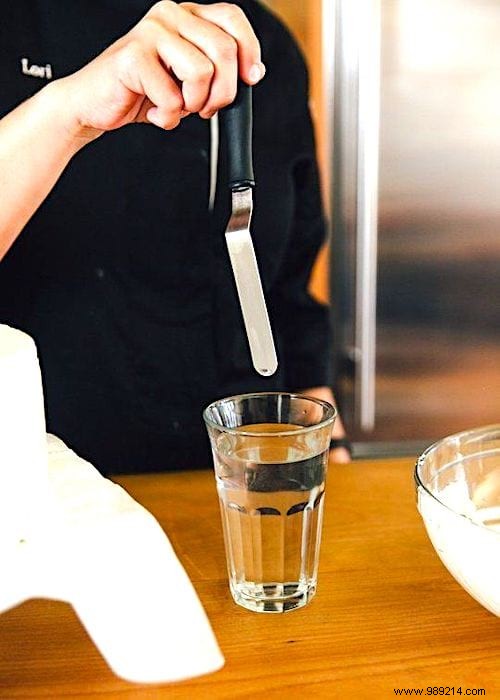
- Got a whole bag of chocolate chips? Immerse it in a bowl of very hot water.
And crush it with your hands every 2 min, until all the chocolate is well melted.
All you have to do is cut a corner of the bag and squeeze the melted chocolate directly onto your cake.
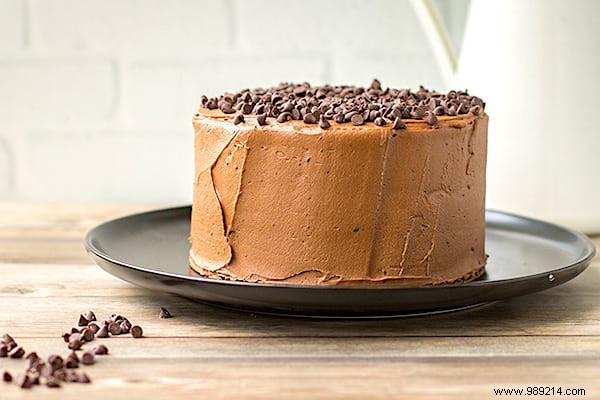
- Have two favorite frostings, but not sure which one to choose on a multi-layered cake? Use both !
Spread one of the frostings on top of the first layer, then the other frosting on top of the second layer.
Flip the second layer over the first and voila! Now the middle of your cake has a delicious surprise:a mix of your two favorite frostings :)
Brilliant, don't you think? This technique also works for filling the middle of your cakes with fruit and whipped cream.
- To prevent hardened frostings from flaking, add a pinch of baking soda before mixing the frosting.
- If your frosting is too light or runny, dust your cake with a little flour before pouring the frosting. This will help the icing cover the surface well.
- For perfectly smooth and even frosting, turn your cake on a turntable. Click here to discover the trick.
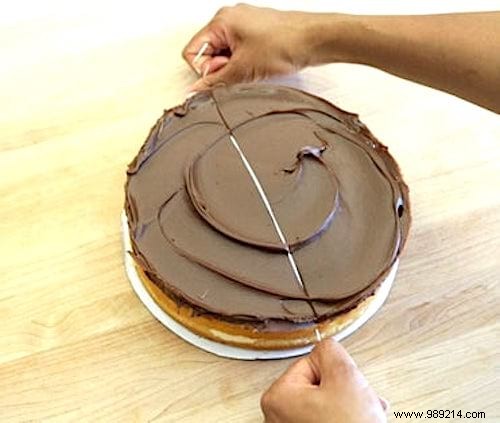
- To get nice slices without crumbs, heat your knife before cutting your cake.
Just run your knife under very hot water then wipe it with a clean towel.
- You can also use dental floss to cut your cake. The trick is here.
This is an ideal method for cutting cakes without getting sponge cake everywhere.
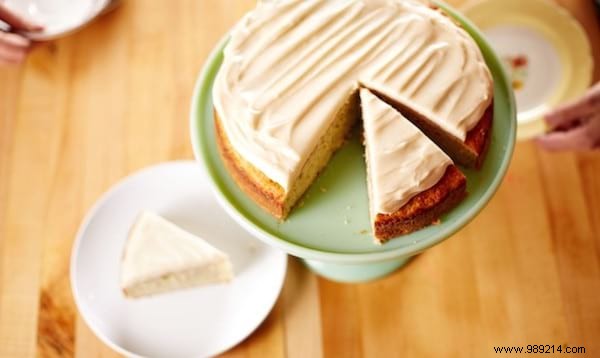
When cutting a cake, the exposed sides tend to dry faster.
Here is Grandma's trick to keep all the softness of a cut cake:
- Keep the rest of the cake by adding a few slices of apple, sugar cubes or even a slice of bread.
Cover the cake in its mold with cling film or put it in an airtight box.
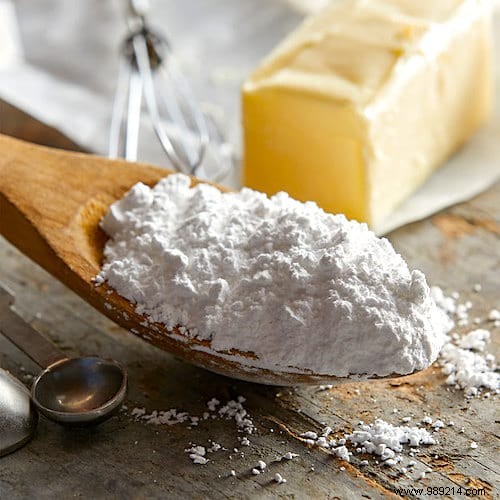
- Before placing a cake on a dish, tray or other display, sprinkle it with a little icing sugar to prevent it from sticking.
- Respect the temperatures of the ingredients indicated in your recipes.
If the recipe calls for butter at room temperature, it should be softened , not fade.
- Measuring or mixing sticky ingredients like honey or peanut butter? So, first fill your container with hot water and empty it without wiping it.
Now the sticky ingredients will come out on their own.
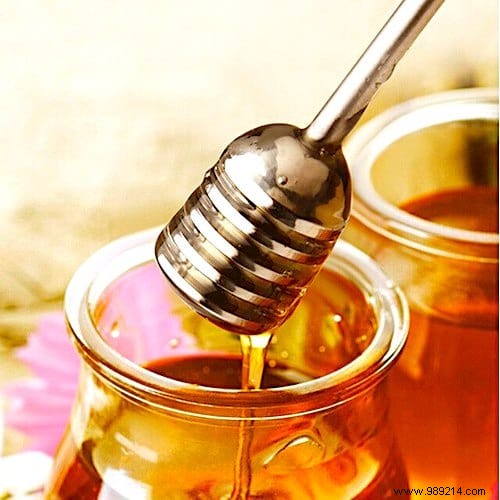
- Do you want to bake a cake, but you are out of cake flour (also called white flour or T45 flour)?
Here's how to make your own cake flour on the go:put 2 tablespoons of cornstarch in a 25 cl glass.
Fill the rest of the glass with traditional flour (also called T55 and T65 flour). Pass through a sieve 3 times and use as a cake flour.
- Before incorporating nuts or fruit into your cake batter, dust them with a little flour or toast the nuts.
Instead of mixing the nuts directly into the batter, you can also add them on top of the batter, which will toast them while baking.
- Want to make a bigger cake from boxed cake mix?
Add 120 g of flour, 115 g of sugar, 1 egg and 1 teaspoon of baking soda to the store-bought cake mix.
- Dip a piece of raw potato in white stone to clean the edges of your cake tin and the rusty corners of your baking sheet. If you don't have a white stone, use baking soda mixed with a few drops of lemon juice.
- Sometimes, we may follow the recipe, but the cake fails!
One of the most common reasons is that your oven temperature does not match the one displayed on the knob.
To test the temperature of your oven, use an accurate thermometer, like this one.
- Finally, if your cake fails, there must be a reason. Check out this list of 11 mistakes to avoid to NEVER miss your cake again:
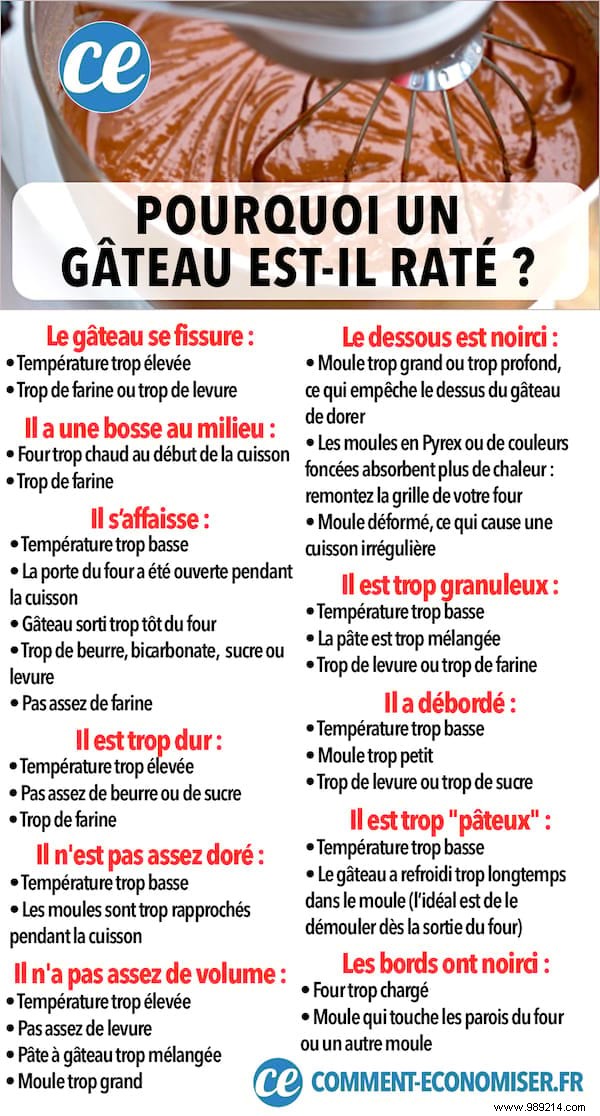
You Tried These Grandma Tricks to make your cakes a success every time? Let us know in the comments if it worked. We can't wait to read you!